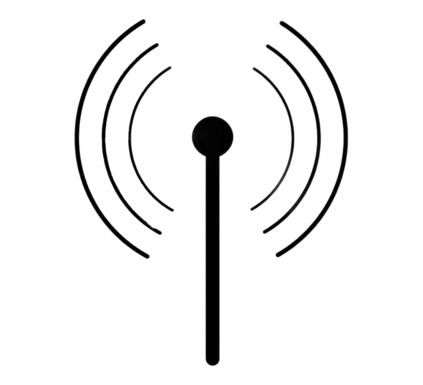MmWaves have been envisioned as a promising direction to provide Gbps wireless access. However, they are susceptible to high path losses and blockages, which directional antennas can only partially mitigate. That makes mmWave networks coverage-limited, thus requiring dense deployments. Integrated access and backhaul (IAB) architectures have emerged as a cost-effective solution for network densification. Resource allocation in mmWave IAB networks must face big challenges to cope with heavy temporal dynamics, such as intermittent links caused by user mobility and blockages from moving obstacles. This makes it extremely difficult to find optimal and adaptive solutions. In this article, exploiting the distributed structure of the problem, we propose a Multi-Agent Reinforcement Learning (MARL) framework to optimize user throughput via flow routing and link scheduling in mmWave IAB networks characterized by user mobility and link outages generated by moving obstacles. The proposed approach implicitly captures the environment dynamics, coordinates the interference, and manages the buffer levels of IAB relay nodes. We design different MARL components, considering full-duplex and half-duplex IAB-nodes. In addition, we provide a communication and coordination scheme for RL agents in an online training framework, addressing the feasibility issues of practical systems. Numerical results show the effectiveness of the proposed approach.
翻译:设想了向Gbps无线接入提供Gbps无线接入的有希望的方向。然而,它们很容易遇到高路径损失和阻塞,而方向天线只能部分缓解。这使得毫米紫外网络网络覆盖面有限,因此需要密集部署。综合接入和回流(IAB)结构已经形成,成为网络密度化的一个具有成本效益的解决方案。毫米紫外互联网网络的资源分配必须面临巨大的挑战,才能应对沉重的时间动态,如用户流动性造成的间歇性连接和移动障碍的阻塞。这使得找到最佳和适应性解决方案极为困难。在文章中,利用问题分布的结构,我们提出了一个多点强化多点学习(MARL)框架,以便通过流动路线和链接优化用户对以用户流动性和移动障碍产生的链接为特点的毫米紫外网络的吞吐量。拟议方法隐含地捕捉环境动态,协调干扰,管理IAB中继节点的缓冲水平。我们设计了不同的MARL组件,考虑全面和半点的半点的IAB-NOL 在线培训工具框架。我们提出了一个沟通结果。









